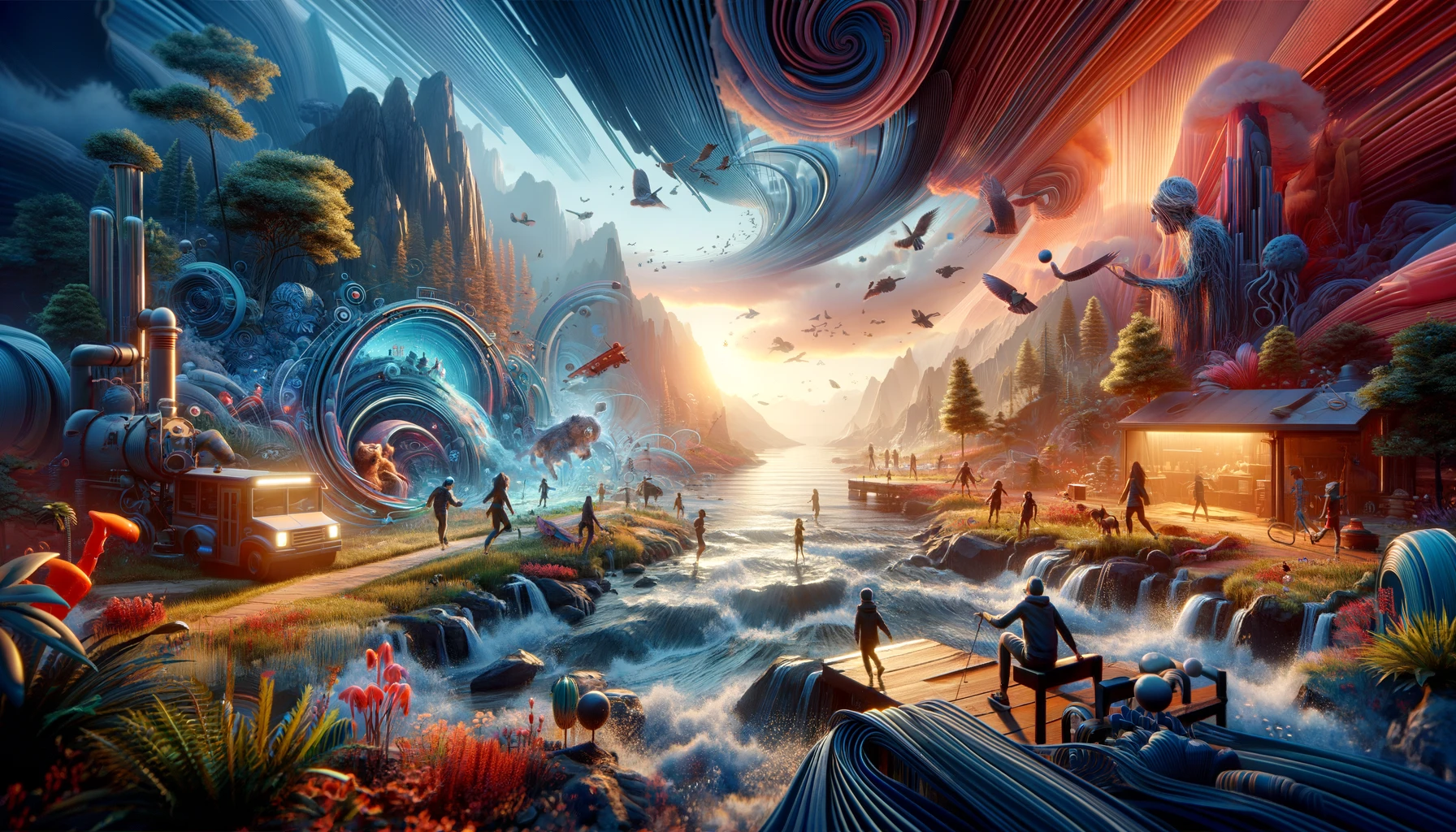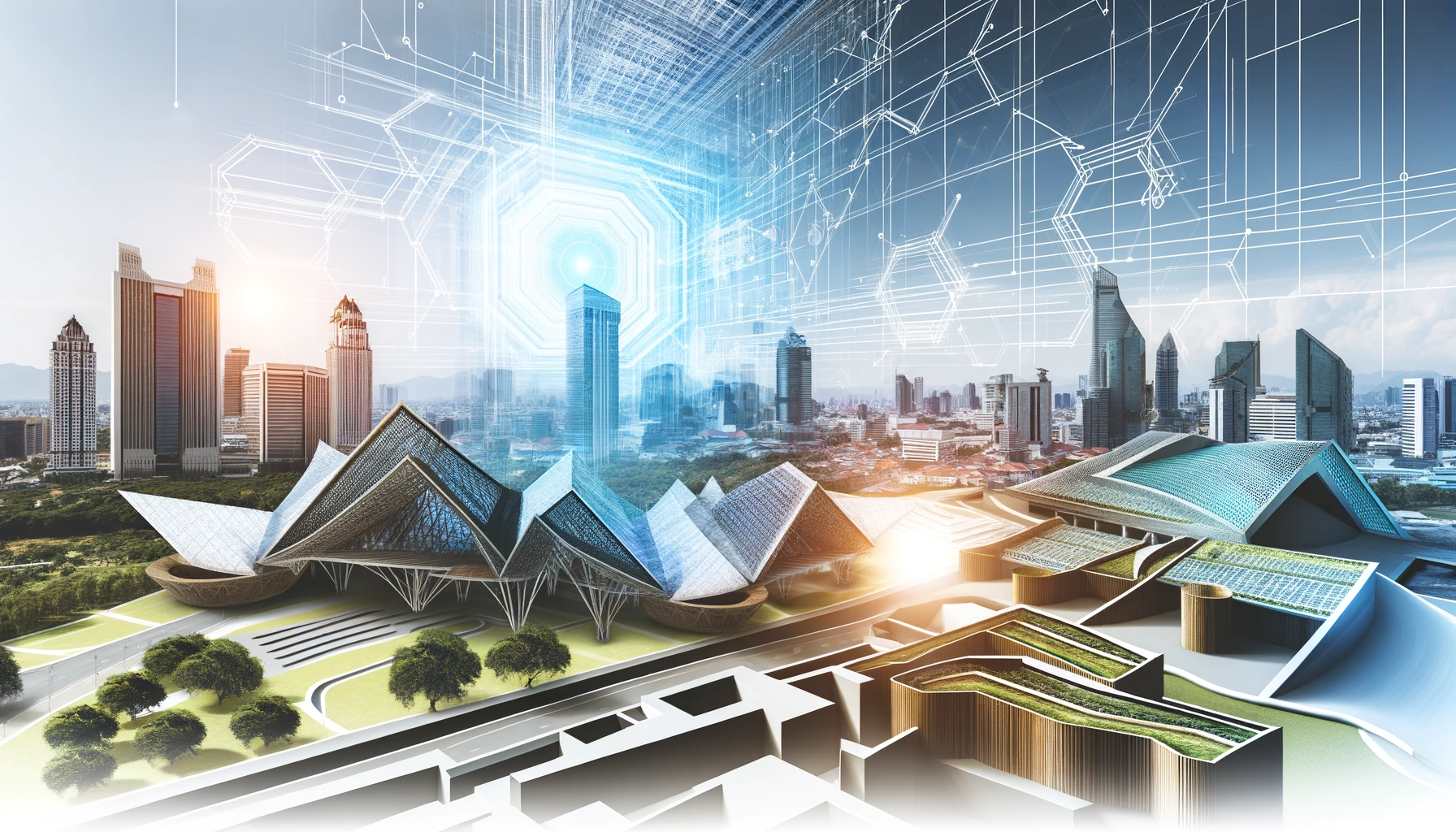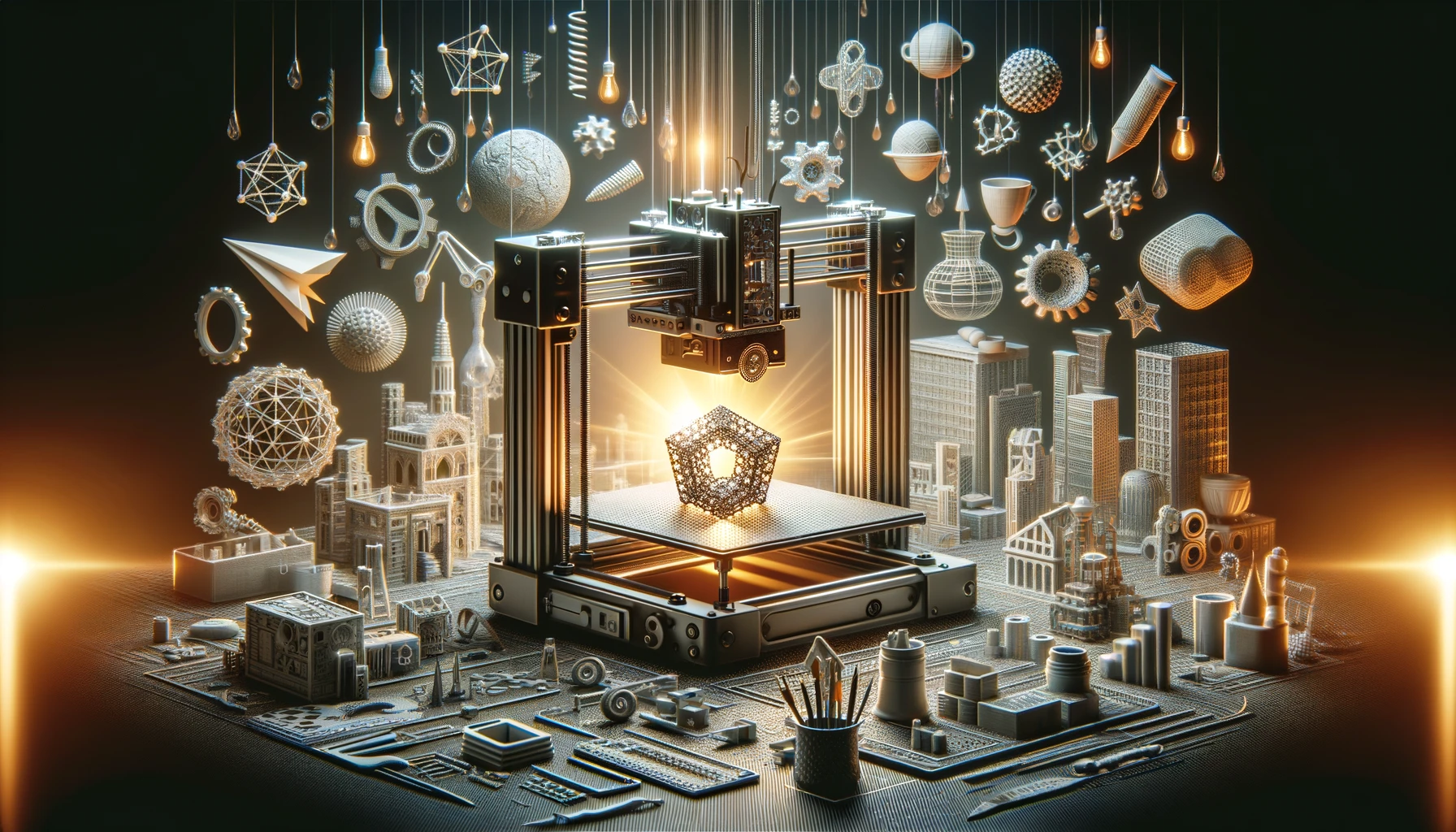Once upon a time, storytelling was confined to the written word and static images. But in the digital age, narratives are no longer bound by the limits of paper and ink. Welcome to the era of 3D storytelling, where narratives leap off the screen and into your imagination, creating immersive worlds that engage, entertain, and enlighten.
The Evolution of Storytelling
In the traditional sense, storytelling has always been about connecting with audiences on a personal level. But what if you could step inside the story, interact with the characters, and influence the outcome? 3D modeling and animation have turned this fantasy into reality, providing a new canvas for creators to craft their tales.
Building Worlds, One Pixel at a Time
Imagine constructing a city from the ground up or designing a fantastical landscape where the impossible becomes the norm. With 3D modeling, storytellers can create detailed, expansive environments that serve as the stage for their narratives. These aren't just backdrops; they're living, breathing worlds that invite exploration and discovery.
Characters That Speak to Us
But a story is nothing without its characters, and 3D modeling breathes life into these digital beings. From the curve of a smile to the furrow of a brow, 3D characters can express a wide range of emotions, connecting with audiences on a visceral level. They can move, speak, and react in ways that draw viewers deeper into the story.
Interactive Narratives: Choose Your Own Adventure
The real magic of 3D storytelling lies in its interactivity. Unlike passive forms of entertainment, 3D narratives often allow audiences to influence the story's direction, creating a personalized experience. Whether navigating through branching storylines or solving puzzles that drive the plot forward, viewers become active participants in the narrative.
The Future of 3D Storytelling
As technology advances, the potential for 3D storytelling only grows. Virtual and augmented reality are pushing the boundaries further, offering even more immersive experiences. Imagine donning a VR headset and stepping into a story, where the line between reality and fiction blurs.
In conclusion, 3D modeling has transformed storytelling, expanding the narrative dimension and creating new possibilities for engagement and creativity. It's a brave new world of storytelling, and we're just starting to explore its vast potential.





